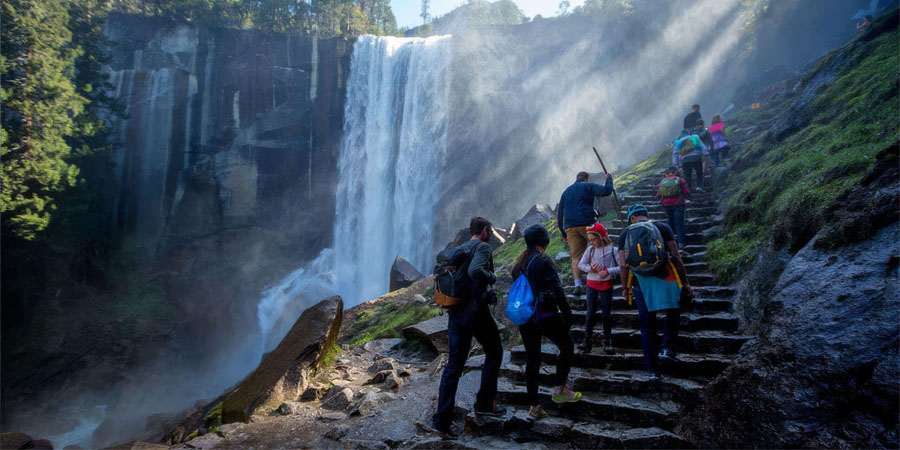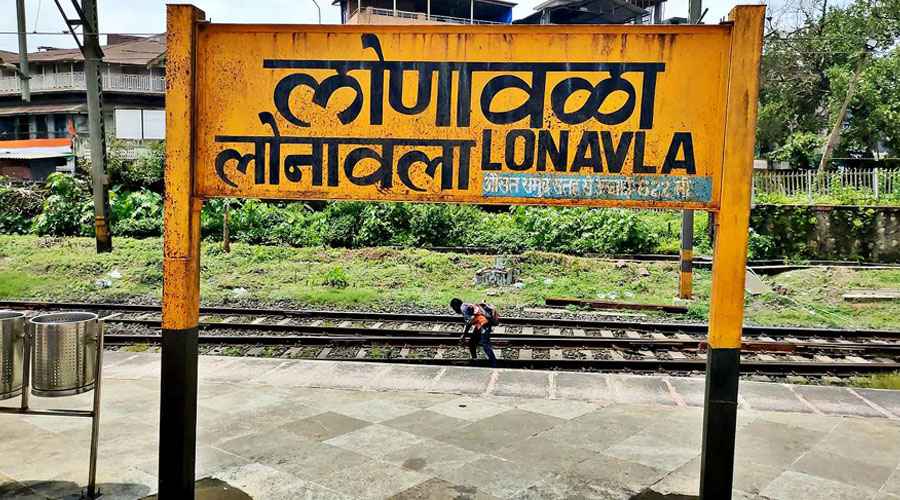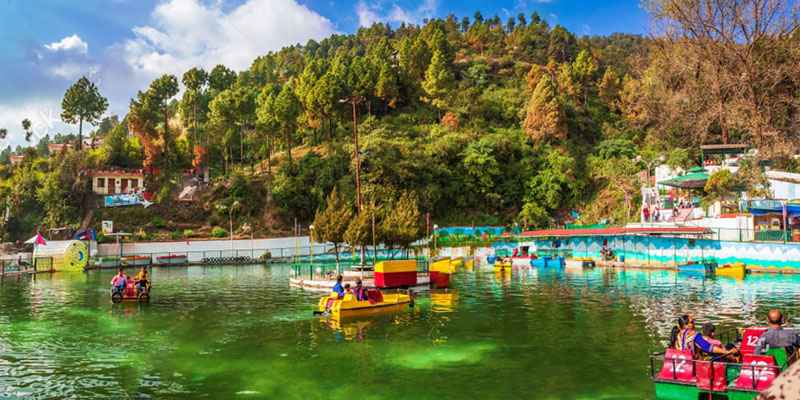Vrindavan, the holy land resonating with the divine pastimes of Lord Krishna, is home to countless temples that preserve centuries of devotion, culture, and history. Among these sacred treasures stands the Radha Damodar Mandir, a temple not only revered for its antiquity but also cherished for its deep spiritual significance in the Gaudiya Vaishnav tradition. For followers of Lord Krishna and devotees of Sri Chaitanya Mahaprabhu, this temple is more than just an architectural structure—it is a living testament to divine love, spiritual dedication, and living tradition.
History and Foundation
The Radha Damodar Mandir traces its origins back to the 16th century. It was established by Srila Jiva Goswami, one of the prominent Six Goswamis of Vrindavan, who were direct associates and disciples of Sri Chaitanya Mahaprabhu. The Goswamis were tasked with documenting, preserving, and spreading the teachings of bhakti (devotion) while identifying and maintaining sacred sites connected with Krishna’s pastimes.
Jiva Goswami, a profound philosopher and theologian, not only wrote monumental scriptures but also dedicated his life to nurturing devotion through service and temples. The Radha Damodar temple was built under his guidance to house the exquisite deity of Radha Damodar, gifted to him by his spiritual master, Srila Rupa Goswami. From its inception, the temple became a focal point of devotional life in Vrindavan.
The Deities of Radha Damodar Mandir
At the heart of the temple resides the beautiful deity of Radha Damodar—representing Radharani, the feminine divine, alongside Damodar (Krishna, bound by the love of his mother, Yashoda). The deity is said to embody both sweetness and majesty, capturing the essence of Krishna’s divine charm.
What makes the temple particularly unique is its close connection to Srila Rupa Goswami, who personally carved and worshiped this deity before gifting Him to Jiva Goswami. For devotees, this fact alone makes Radha Damodar Mandir an extraordinarily intimate place of worship, as the deity carries the personal touch and blessings of one of the greatest saints of the Gaudiya Vaishnav lineage.
Spiritual Significance
The Radha Damodar Temple holds great spiritual gravity within the Vaishnava tradition. It is believed that anyone who circumambulates Govardhan Hill receives the blessings of Radha and Krishna. However, as not every devotee could make the extensive journey, Srila Jiva Goswami commissioned the installation of a Govardhan Shila—a sacred stone from Govardhan Hill—inside the Radha Damodar temple.
This Shila, with markings believed to be the footprints of Lord Krishna, became an object of deep worship and is regarded as non-different from Govardhan Hill itself. Thus, devotees visiting the temple can symbolically perform Govardhan Parikrama by circumambulating the temple precinct. This act of devotion makes Radha Damodar Mandir central to the spiritual life of Vrindavan pilgrims.
Association with Great Saints
Throughout history, Radha Damodar Mandir has been a shelter for many saints and spiritual teachers. Perhaps the most renowned among them in modern times was Srila A.C. Bhaktivedanta Swami Prabhupada, the founder of the International Society for Krishna Consciousness (ISKCON).
Before embarking on his mission to spread Krishna consciousness to the West, Srila Prabhupada resided in simple quarters at Radha Damodar Mandir in the 1950s and 1960s. It was here that he translated and wrote commentaries on the first volumes of the Srimad Bhagavatam, which later became the foundational texts that carried the message of bhakti around the globe. For devotees, visiting his small room in the temple is an experience filled with inspiration and reverence, as they retrace the steps of a saint who transformed the spiritual destiny of millions.
Architecture and Atmosphere
Architecturally, the Radha Damodar Mandir reflects the traditional design of temples built in Vrindavan during the medieval period. Though modest in size compared to some of Vrindavan’s grander structures, its simplicity exudes authenticity and deep spiritual vibrancy. The temple courtyard, the sanctum with the deity, the quarters of past saints, and the ancient libraries where scriptures were preserved create an atmosphere where devotion naturally arises.
The air is filled with echoes of kirtan (devotional songs), ringing bells, and the fragrance of incense, giving every visitor an immersive experience of Vrindavan’s devotional culture. Unlike some larger temples that may seem more like tourist attractions, Radha Damodar Mandir maintains an intimate and serene environment, ideal for spiritual reflection.
Festivals at Radha Damodar Mandir
Like most temples in Vrindavan, Radha Damodar Mandir comes alive during Krishna-related festivities. Janmashtami, the birth celebration of Lord Krishna, draws thousands of devotees who gather for all-night vigils, devotional singing, and elaborate offerings. Similarly, Radhastami—the appearance day of Srimati Radharani—is celebrated with grandeur, as the goddess Radha is considered the embodiment of divine love.
Another significant occasion is Kartika (Damodar) month, a sacred period dedicated to worshiping Lord Damodar. During this time, devotees throng the temple, offering ghee lamps and singing prayers. The temple also hosts traditional parikramas, processions, and scriptural readings, creating a spiritually charged atmosphere.
A Living Pilgrimage Spot
One of the defining features of Radha Damodar Mandir is its accessibility to pilgrims from all walks of life. Unlike certain temples where rituals may be performed primarily by residents, Radha Damodar Mandir encourages active participation from visitors. Pilgrims can engage in circumambulation, offer lamps, chant mantras, or simply sit in quiet reflection, soaking in the sacred vibrations.
The temple thus serves as both a site of pilgrimage and a spiritual retreat, allowing every individual to experience the transcendent love of Radha and Krishna in their own way.
Conclusion
The Radha Damodar Mandir in Vrindavan is not merely an ancient structure but a spiritual powerhouse where centuries of devotion converge. From the intimate worship of the Goswamis to the global vision of Srila Prabhupada, the temple continues to inspire generations of seekers. For those who visit, it offers not just sacred darshan (sight of the deity) but also a deep sense of connection with the timeless flow of bhakti tradition.
Anyone setting foot in Vrindavan and yearning for an authentic spiritual encounter should not miss the opportunity to spend time within the timeless embrace of Radha Damodar Mandir—a place where history, devotion, and divine love converge into one eternal melody.



